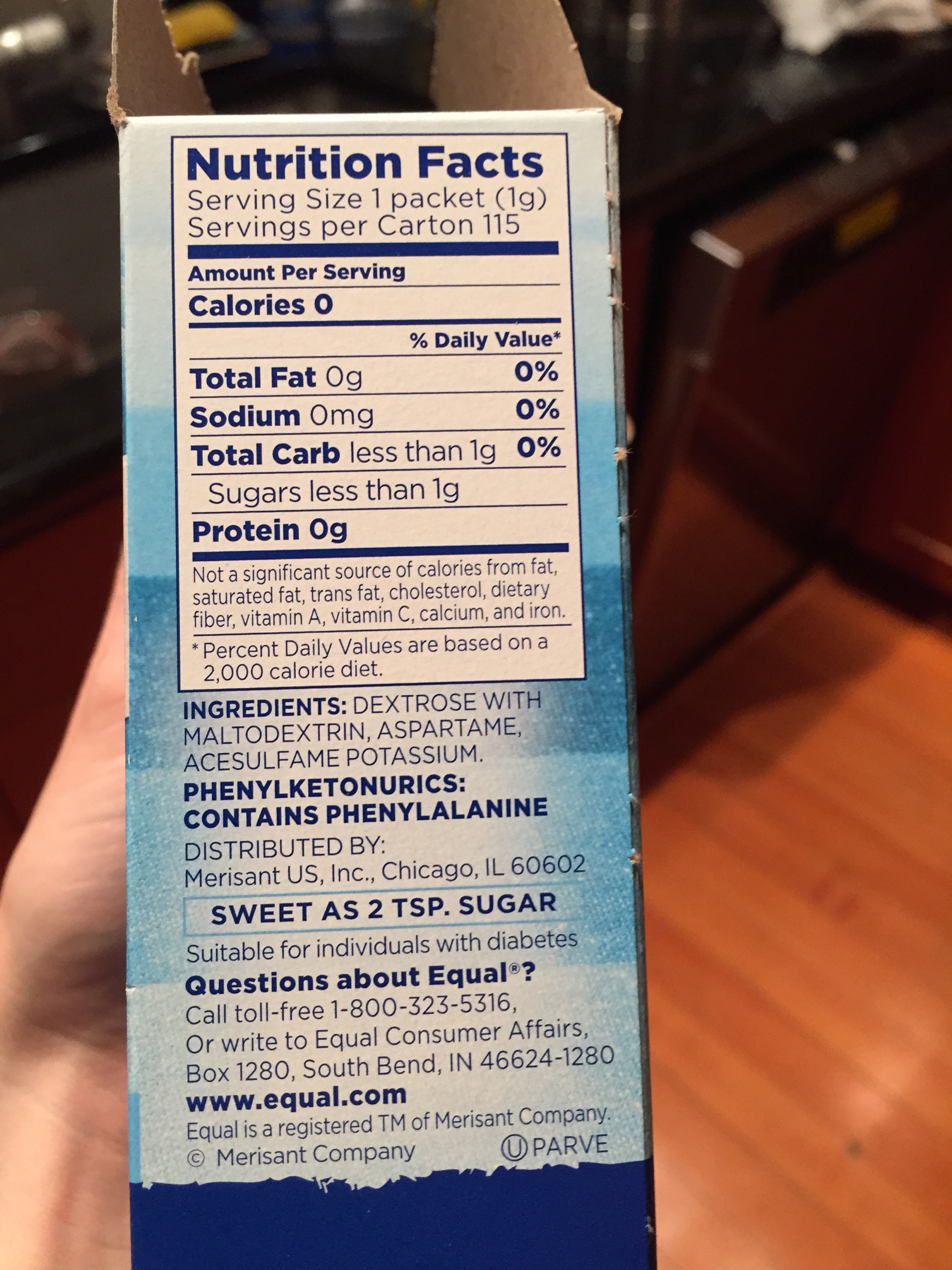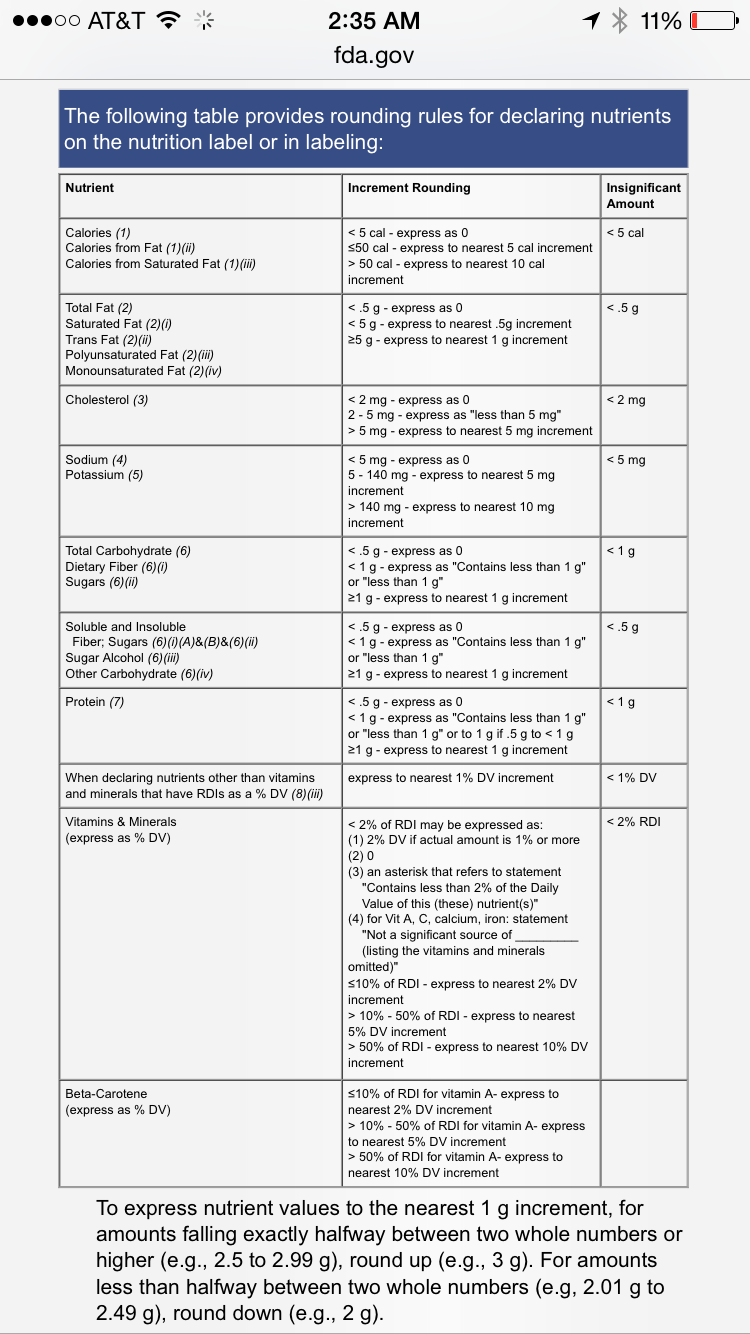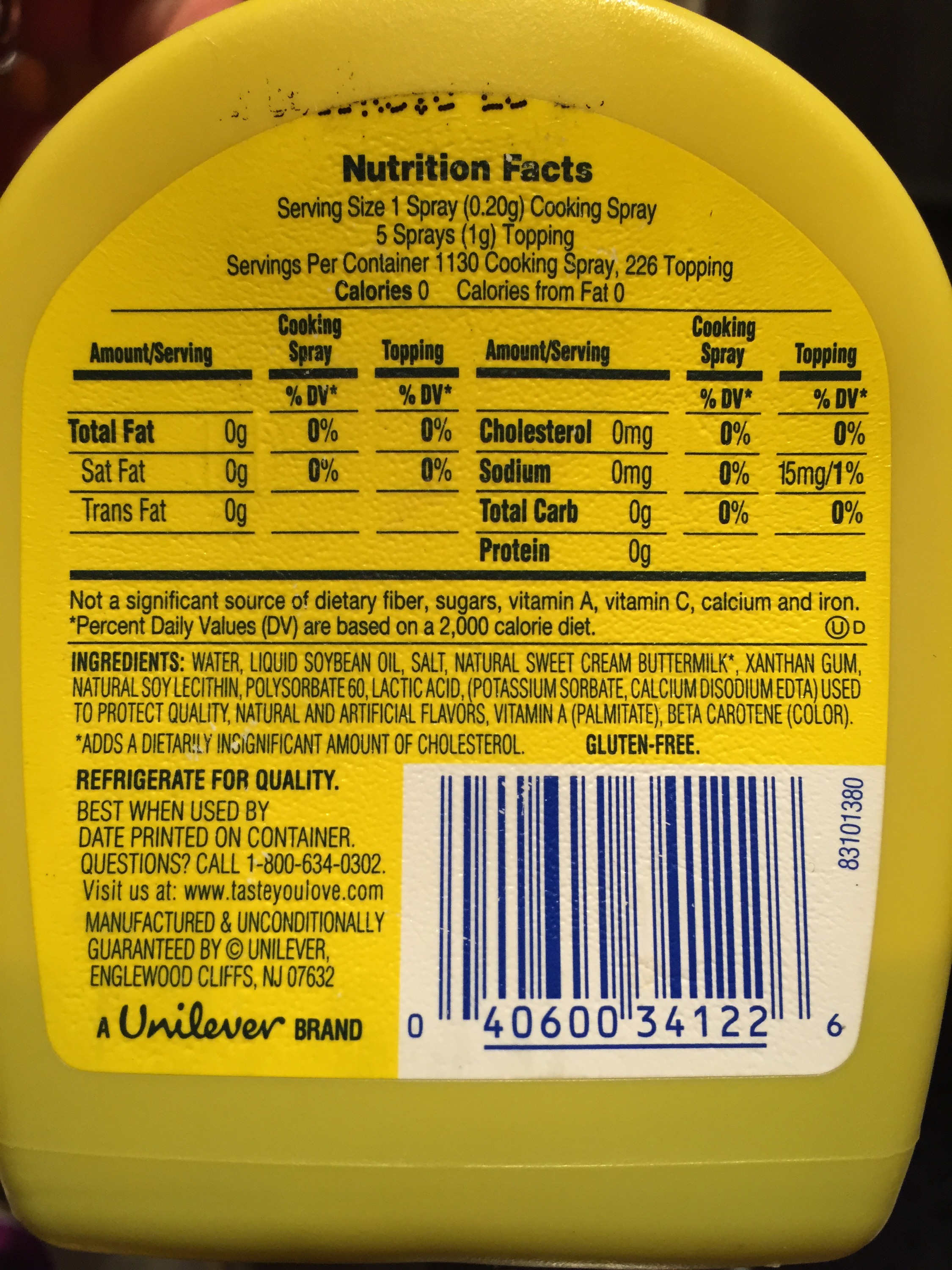Many people look for snacks that are high in fiber and low in calories. If you are eating a processed food (not a recognizable plant, in this case), you may be falling for a common label trick.

This has 60 calories per serving, right? PLUS 14 grams of fiber? That sounds too good to be true, and it is…sort of.
Labeling laws allow calories from fiber to be omitted from the total calories, if desired by the manufacturer, because they are not fully digested by our intestines. That means that we only take in some percent of the calories from the fiber in that food, and that percentage varies depending on the type and source of the fiber. It also can vary depending on our own personal GI health.
It is an interesting concept to keep in mind if you read labels that some, but not all of high fiber foods will omit these calories from the total. In the label for Fiber One cereal (pictured) there are actually 117 total calories per serving (25 g carbohydrate x 4 calories per gram) + (2 g protein x 4 calories per gram) + (1 g fat x 9 calories per gram).
They arrive at 60 calories per serving by taking 117 and subtracting the total fiber (14 g x 4 calories per gram = 56 calories) = 61 calories.
61? Not 60? Another trick is that labels can round to the nearest 10 calories for any food over 50 calories per serving (less than or equal to 50 calories can be rounded to the nearest 5 calories and less than 5 calories can be labeled as 0 calories).
This is not a big concern unless the food has a small serving size that most people eat significantly more of than the serving size. Some examples are butter/margarine, spreads, jams/jellies, salad dressing. So if the serving size of the margarine you put on your toast is 1 Tablespoon and you have 2 split on your 2 slices of toast, that can be 20 unexpected calories. With lunch you have some peanut butter with apples and finish the tiny 1/4 cup “individual size” snack pack instead of the 2 Tablespoon serving size and you get 20 extra calories. Later you may have some hummus and crackers for a snack (2 Tablespoon serving size, but you have 1/4 cup) for another 20 surprise calories, the salad dressing with your dinner salad has a serving size of 1 Tablespoon but you have 1/4 cup, like most people do = 40 unexpected calories. Just with these four items in a day (and this happens with most processed foods), you have already consumed 100 calories more than you thought, and will gain a pound every month unless you make up for it by eating less or exercising more!
The “rounding down to 0 calories” label trick is one that shows up a lot in diet foods, because they have tiny serving sizes.
This product only has “0 calories” as it claims (less than 5 calories) if you only use one tiny spray (1 second spray). The second ingredient is oil, of course any normal serving size has calories!

Equal is calorie free? Of course not! Each packet has 4 calories. The first ingredient is dextrose (sugar) with maltodextrin (starch), and aspartame itself is partially made up of an amino acid (protein). Once again, 4 calories is not a big deal until you remember the person who has 3 Equals in each of their 6 cups of coffee or tea per day, plus a latte with diet syrup, diet soda later on, etc. It adds up!
The take away message is not to bring a calculator to the grocery store, or tally your number of Equals per day. Instead, remember that packaged food with a health or diet claim is often a marketing lie. Just eat real food!

Even better if it is delicious Moroccan food made with new friends!

